The myth of Pakistan’s infinite gas reserves
How former president Musharraf has left the country with a gas shortage.
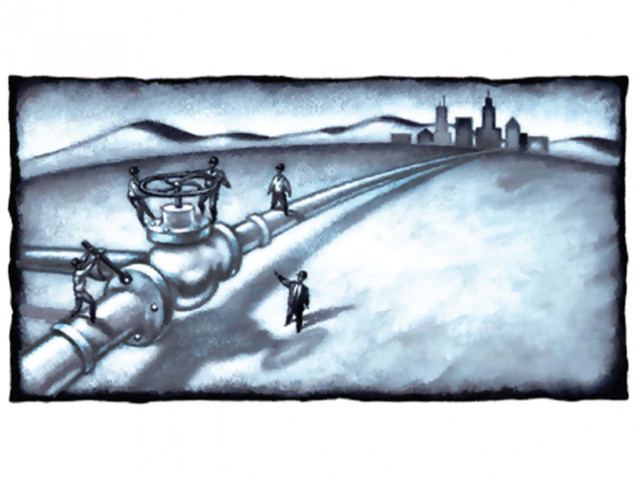
Pakistan’s gas crisis is the product of decisions taken by a military leader who was short-sighted enough to announce a major policy shift based on a whimsical, anecdotal understanding of the energy sector and arrogant enough to implement it without even bothering to study the situation carefully.
This article will be unabashedly anti-Musharraf, so if you are a person who liked the former president and do not want to hear criticism of him, then this would be a good place to stop reading.
The gas crisis in Pakistan is caused by a decision taken by the Musharraf administration to begin converting much of Pakistan’s hydrocarbon-based energy production – both for transportation as well as electricity – from oil to gas.
“Why would we import so much expensive fuel from abroad when we have an abundant supply of gas at home?” said the former president on several occasions when he defended his policy as an example of how his government had supposedly done wonders in managing the Pakistani economy.
Unfortunately, Musharraf was wrong about a crucial piece of information which formed the crux of his premise. It turns out that Pakistan does not have abundant reserves of gas.
One would assume that running an analysis to check as to whether or not Pakistan’s gas reserves will be able to meet future energy needs would be a smart thing to do before deciding to make gas the primary source of the nation’s energy. If such an analysis was ever done, the shuttered factories, CNG outlets and power plants across the country testify to how absolutely flawed it was.
Do we have gas?
According to the Oil & Gas Journal, an industry publication, Pakistan’s total proven gas reserves were 31.3 trillion cubic feet as of January 1, 2009. That number sounds like a lot but it means that Pakistan is ranked 25th in the world in terms of gas reserves.
Iran’s reserves are 32 times higher and Russia’s are 54 times greater. Even tiny Qatar has 29 times more gas than Pakistan.
All of those legendary stories about Balochistan having massive gas fields are just that: myths and legends. It turns out that, despite Sui being one of the largest gas fields in the country, most of the country’s gas does not come from Balochistan. In fact, about 71 per cent comes from Sindh.
It is possible that there are large unknown reserves of gas in Balochistan, but policy decisions, especially major ones, should probably not be based on an assumption of the existence of undiscovered resources.
It appears that the petroleum ministry has finally caught on to the idea that Pakistan may have a problem when it comes to gas. The most recently available statistics from the ministry portray a more plausible, and unfortunately much darker, scenario when it comes to Pakistan’s ability to meet its energy demand through gas.
Pakistan’s domestic gas production is expected to fall from the current 4 billion cubic feet per day (cfd) to 2 billion cfd by 2020. Demand, on the other hand, is expected to soar to 8 billion cfd by that time, creating a 6 billion cfd shortfall.
If every project that the country is currently planning – including a pipeline from Iran, large offshore gas import terminals, and even the politically dicey pipeline from Turkmenistan that passes through Afghanistan – were to be completed on time and deliver exactly as much gas as expected, the country will still be short of 2 billion cfd in 2020.
Consequences of short-sightedness
Former president Musharraf’s energy policy converted thousands of cars, textile factories, and power plants from oil to natural gas. For a while, much of the country seemed happy, since their energy needs were being met by a cheaper source, until of course, the reality of a limited supply began making its presence felt in the form of rationing.
Pakistan’s fertiliser and petrochemical industries were especially peeved. Unlike the rest of the country, fertiliser and petrochemical manufacturers have no alternative to gas. Methane, the primary component of natural gas, is the raw material used in their manufacturing process. While the government is trying to ensure that these industries get an uninterrupted supply of gas, ultimately, they are competing with far too many other industries when they should not have to.
Other industries, of course, have also suffered. Power plants, for example, have been pricing their electricity based on cheaper gas prices as their primary fuel rather than the more expensive oil prices. They can always switch back to oil, but that would mean raising prices, which tends to be politically difficult.
And while oil does cost more, it has at least one advantage: Pakistan can always buy more from outside the country and already has the capacity to import it. Gas imports, however, require expensive pipelines to be built which take time. The country can also build offshore platforms to import liquefied natural gas (LNG) but even that requires building some infrastructure which takes both time and money.
So what do we do now?
The new wave in Pakistan seems to be towards coal-based energy production. Unlike gas, there seems to be somewhat more justification for using coal, since many studies suggest that Pakistan has one of the largest reserves of coal in the world. There are, however, still reasons to pause.
Coal, while one of the cheapest fuels in the world, requires building an entirely new line of power plants that operate on it. It is also not the cleanest source of fuel, although recent technological breakthroughs may make it as clean as some of its other hydrocarbon-based siblings. Those technologies, of course, add to the cost of putting up a power plant. Also, cars and trucks cannot run on coal.
There are no perfect alternatives to gas. Musharraf got us into a mess that we will have a very hard time getting out of. But let us hope that the next time we make a decision to completely change the way we produce energy, we will at least take the time to crunch the numbers.
Published in The Express Tribune, March 14th, 2011.

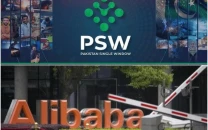


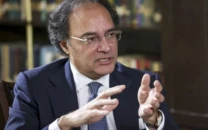
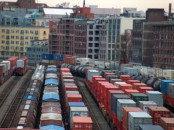
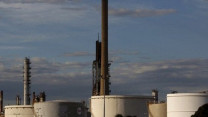












COMMENTS
Comments are moderated and generally will be posted if they are on-topic and not abusive.
For more information, please see our Comments FAQ